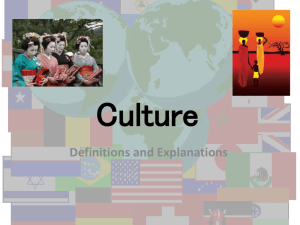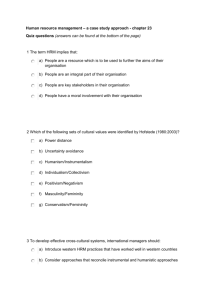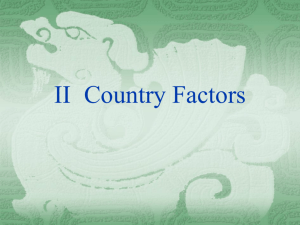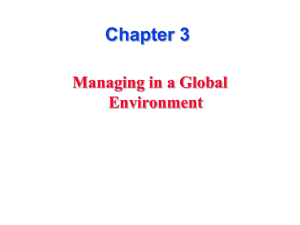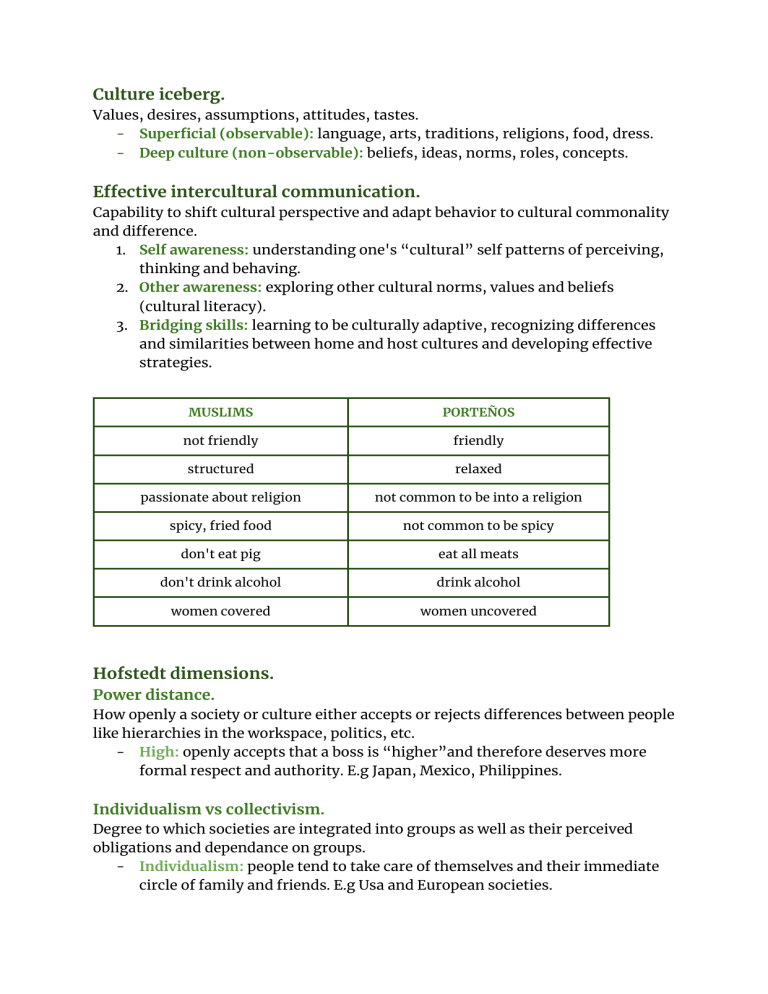
Culture iceberg. Values, desires, assumptions, attitudes, tastes. - Superficial (observable): language, arts, traditions, religions, food, dress. - Deep culture (non-observable): beliefs, ideas, norms, roles, concepts. Effective intercultural communication. Capability to shift cultural perspective and adapt behavior to cultural commonality and difference. 1. Self awareness: understanding one's “cultural” self patterns of perceiving, thinking and behaving. 2. Other awareness: exploring other cultural norms, values and beliefs (cultural literacy). 3. Bridging skills: learning to be culturally adaptive, recognizing differences and similarities between home and host cultures and developing effective strategies. MUSLIMS PORTEÑOS not friendly friendly structured relaxed passionate about religion not common to be into a religion spicy, fried food not common to be spicy don't eat pig eat all meats don't drink alcohol drink alcohol women covered women uncovered Hofstedt dimensions. Power distance. How openly a society or culture either accepts or rejects differences between people like hierarchies in the workspace, politics, etc. - High: openly accepts that a boss is “higher”and therefore deserves more formal respect and authority. E.g Japan, Mexico, Philippines. Individualism vs collectivism. Degree to which societies are integrated into groups as well as their perceived obligations and dependance on groups. - Individualism: people tend to take care of themselves and their immediate circle of family and friends. E.g Usa and European societies. - Collectivism: individual members render loyalty to the group, and the group takes care of its individual members. Masculinity vs femininity. Preference of society for achievement, behavior, attitude towards gender equality. - Masculine oriented: gender roles are crisply defined. Men tend to me more focused on performance, ambition and material success. E.g Japan and Latin America. - Femininity oriented: thought to highlight “femenine” valiues such as concern for all, emphasis on th equality of life, and a focus on relationships. E.g New Zeland, Switzeland. Uncertainty avoidance. Extend to which uncertainty and ambiguity are tolerated. - High: prefer to stay clear of conflict and competition, tend to appreciate very clear instructions. E.g Japan and France. - Low: more willing to take risks. Companies may appear less formal and structured, and “thinking outside the box is valued”. E.g Denmark, Singapore and Austral. Long vs short term orientation. Extend to which society views its time horizon. - Long: focuses on the distant future, delay short-term success in order to achieve long-term success. E.g China, South Korea. - Short: focuses on the near future, deliver short-term success and emphasizing the present. E.g Usa. Intelligence vs restraint. - Indulgence: society allows relatively free gratification related to having fun in life. E.g Autrailia, Canada, Usa. Restraint: society suppresses gratification of needs and regulates it through social norms. E.g Russia, Canada, Japan, and South Korea. Limitations. 1. Assumes there is a one-to-one correspondence between culture and a nation--state. 2. Research may have been culturally bound. 3. Informants worked not only within a single industry, the computer industry, but also within one company, IBM. Cohen-bradford model. 1. Assume all are potential allies. 2. Clarify your goals and priorities. 3. Diagnose the world of the other person. 4. Identify relevant currencies, theirs, yours. 5. Dealing with your
